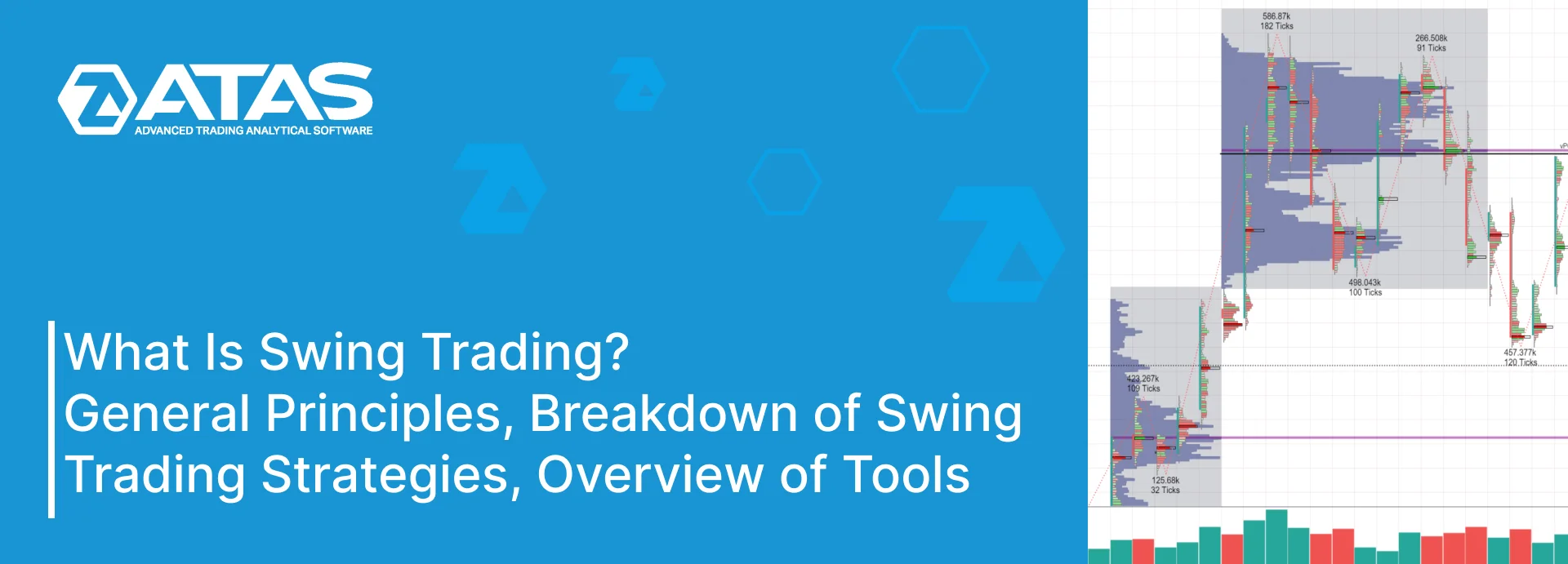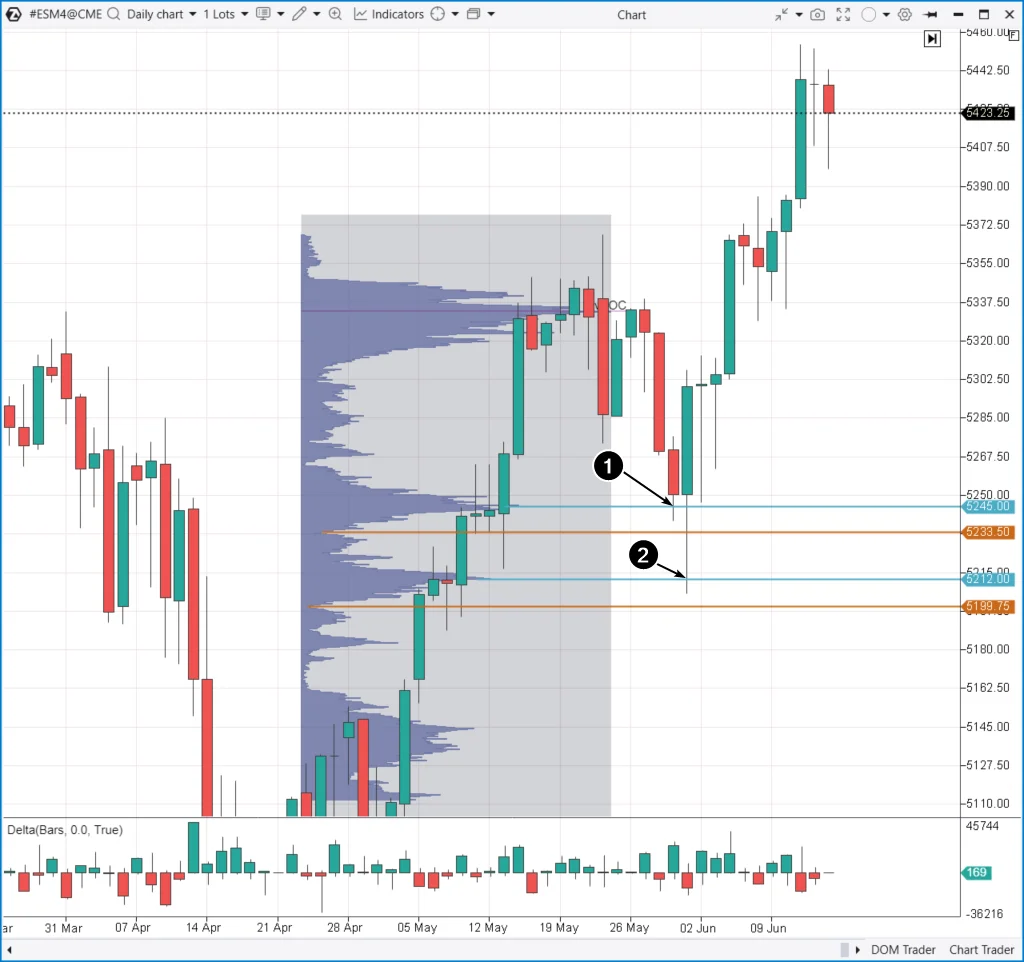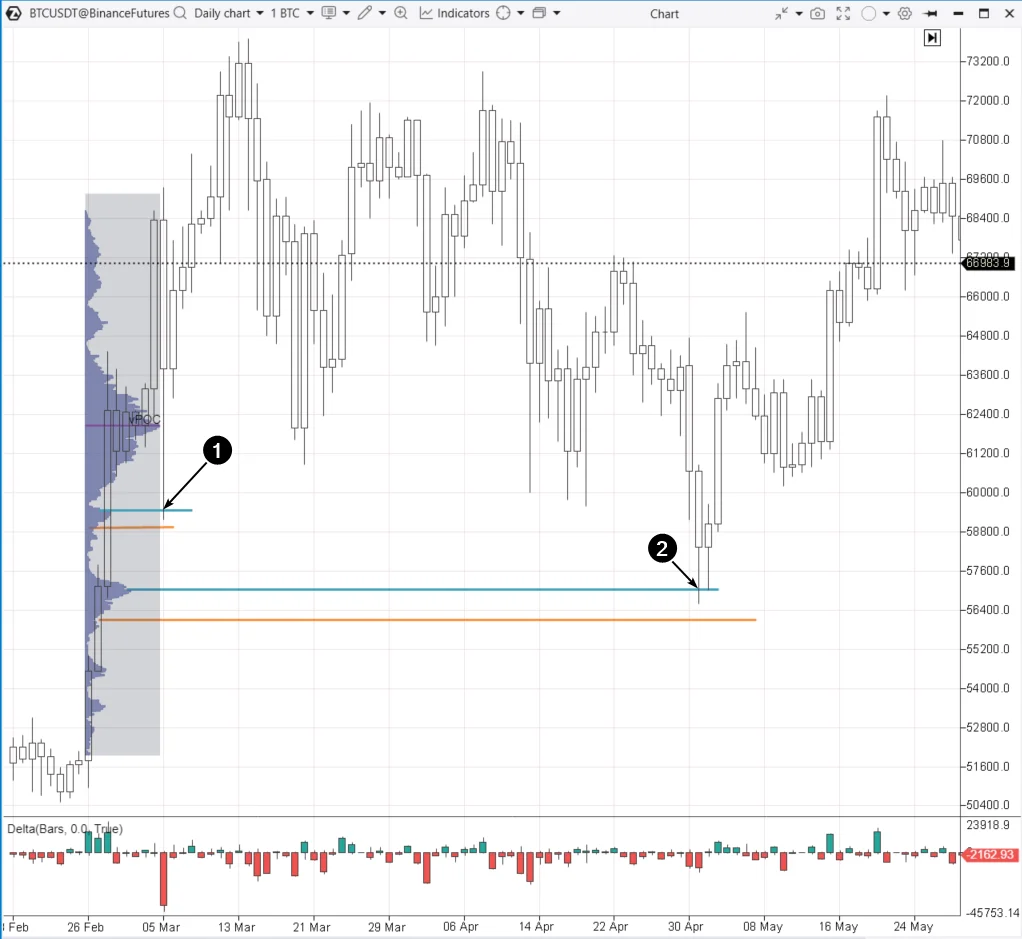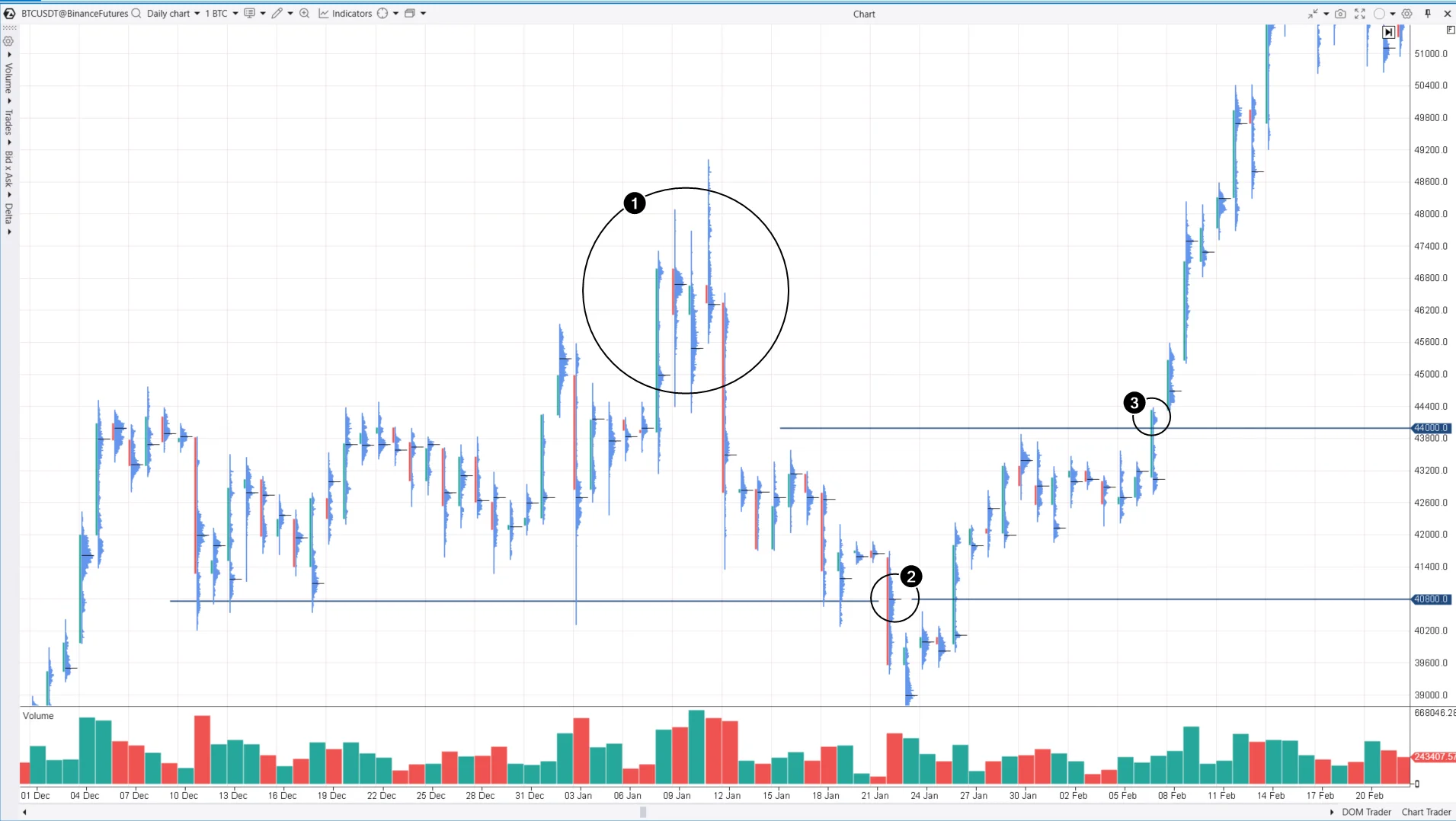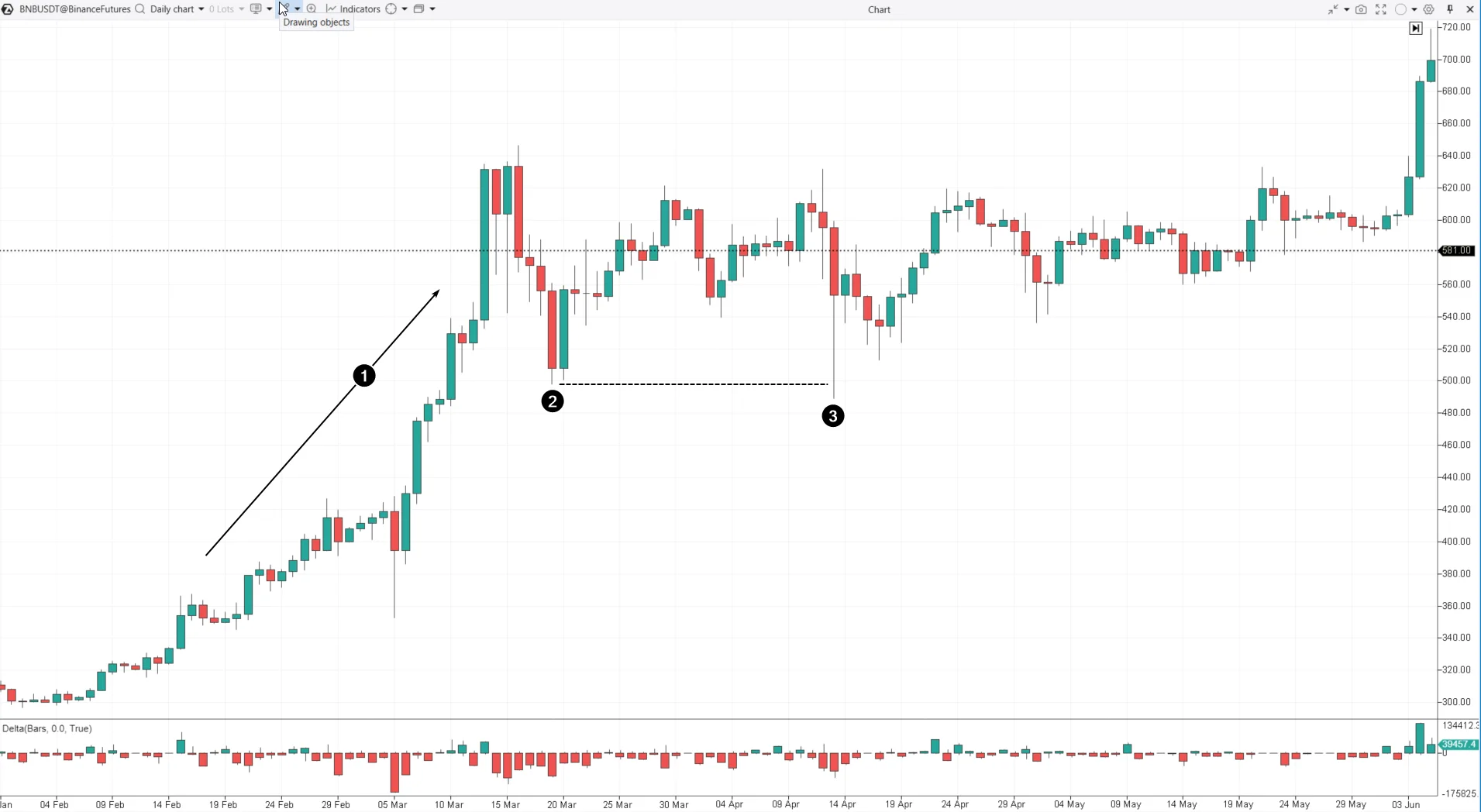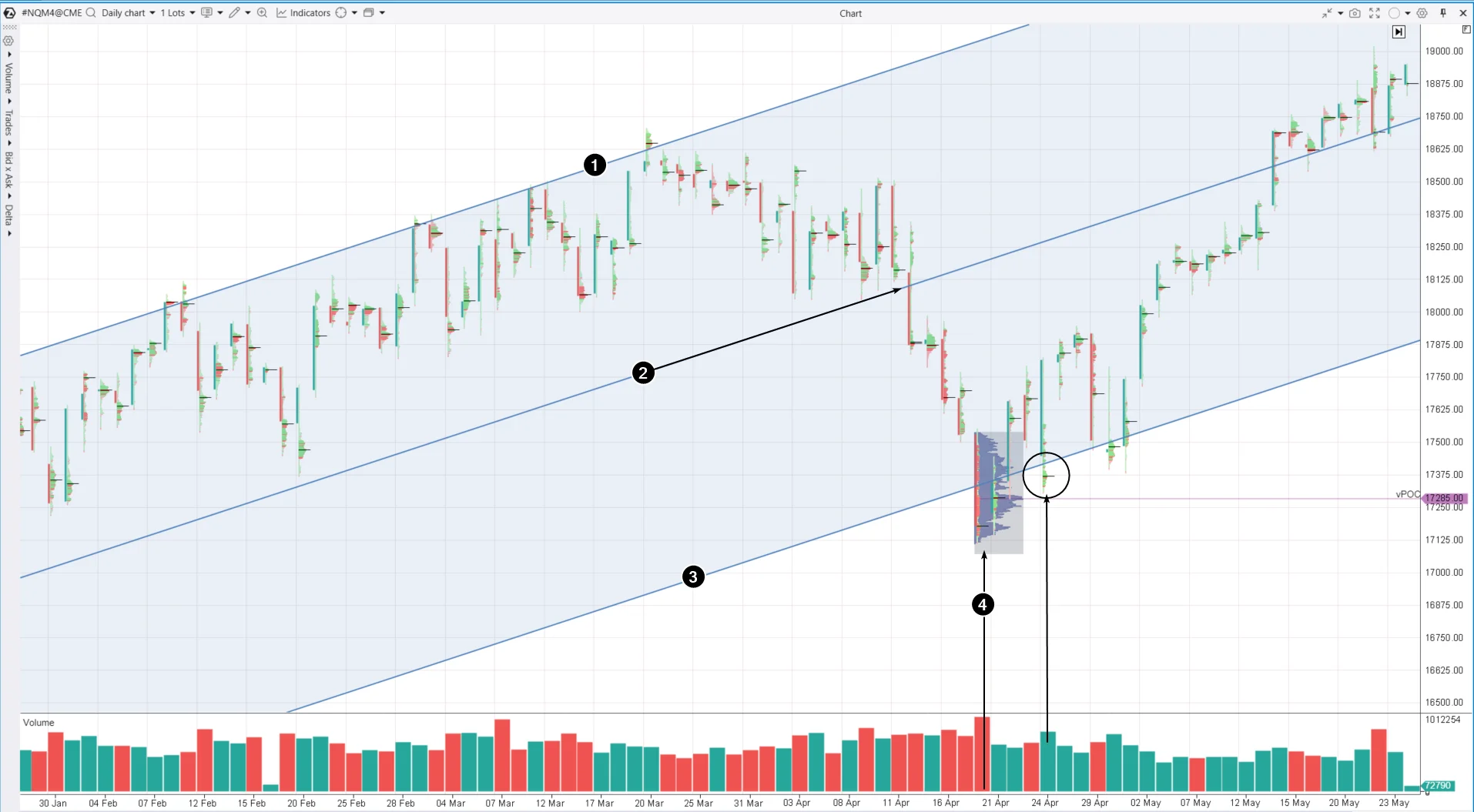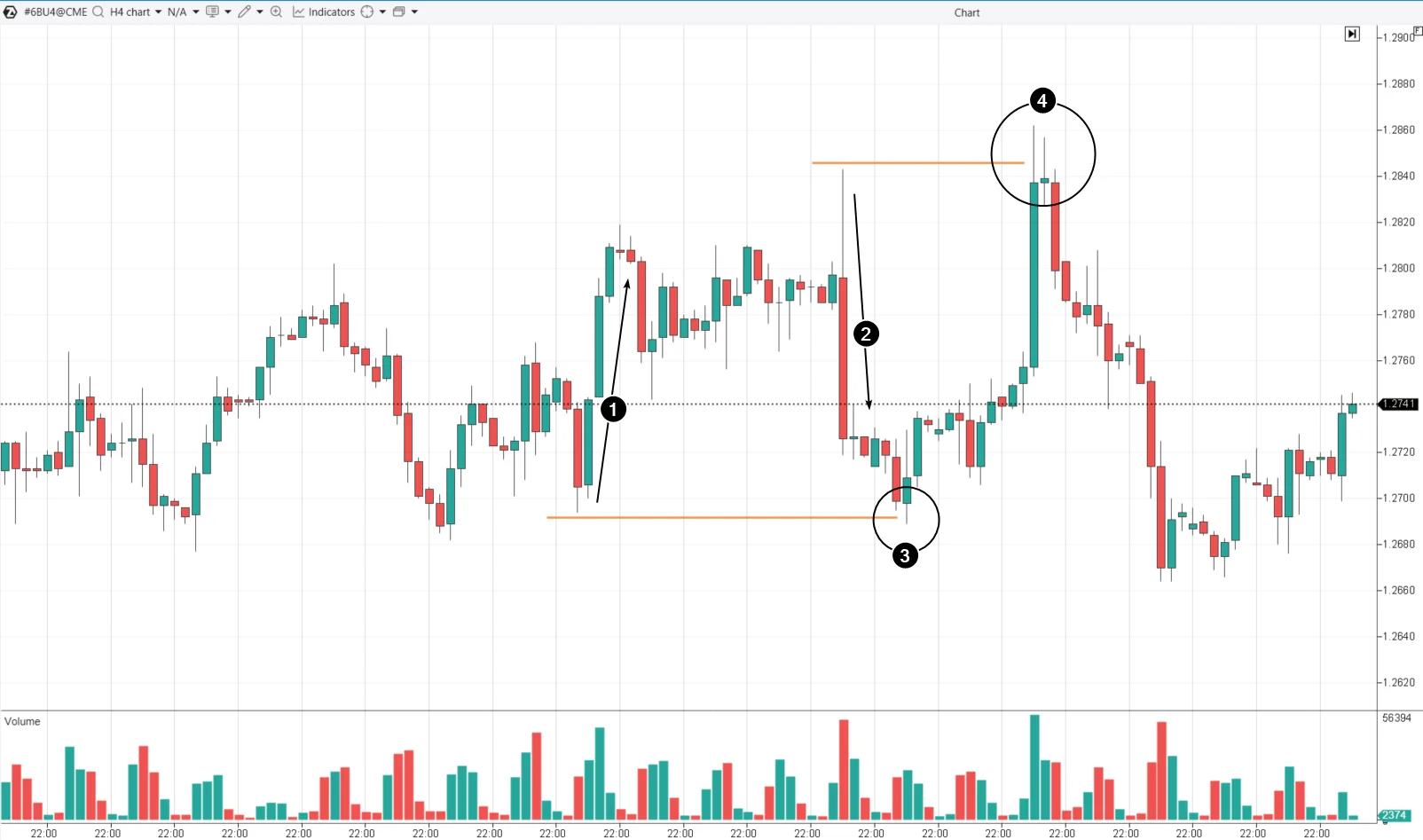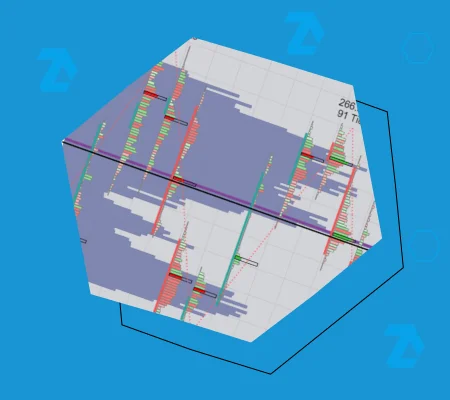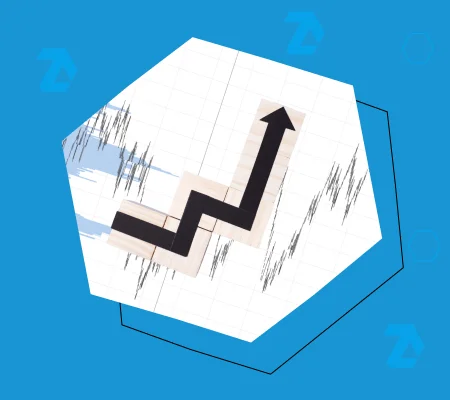How Does Swing Trading Work? The Basics of Swing Trading with Examples
Swing trading is a method of trading on financial markets that involves holding positions for several days or even weeks. It aims to profit from expected swings – price fluctuations that form longer trends than intraday impulses. This usually happens in response to significant news events.
The concept of swing trading was introduced by George Douglas Taylor in his book The Taylor Trading Technique (1950). Taylor analyzed market trends by breaking down candle sequences into individual cycles. He described his “three-day cycle” theory, which identified buy and sell days and became the foundation of swing trading.
Swing trading does not guarantee profits, but it can enhance your experience in the financial markets if active intraday trading is not suitable for you.
Read more:

